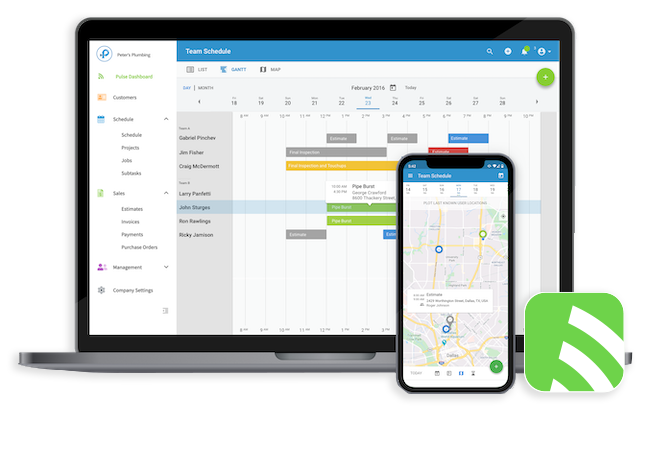
Title Tag: The title tag is what pops up as the title of the page in the SERP and also if you share a link to the page on social media or directly to another person. SEO best practices say to try to keep the title tag between 50-60 characters. The simplest way to see if your full title is going to be visible on a serp is to use a tool like Moz’s Title Tag checker. The title tag is backeted in blue in the image below.

Meta Description: While there is technically no SEO value that comes from your meta description, you should still update it as an engaging meta description can influence your click-through-rate (CTR). If you leave this blank, or Google doesn’t think it’s related to the page, they will go in and choose content from the web page and create their own meta description for you. According to recent algorithm updates, you should aim to have your meta descriptions be 150-160 characters. Our favorite character checker is Spotibo.



Get top-rated features and support for a fraction of the price with FieldPulse’s all-in-one business management software for tradesmen.